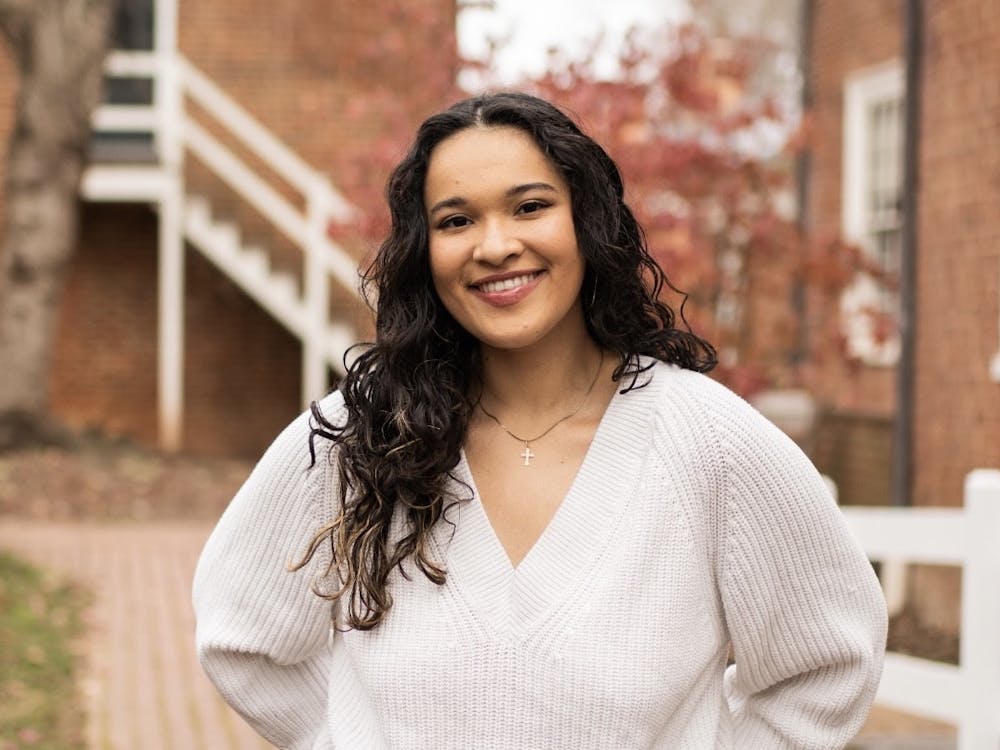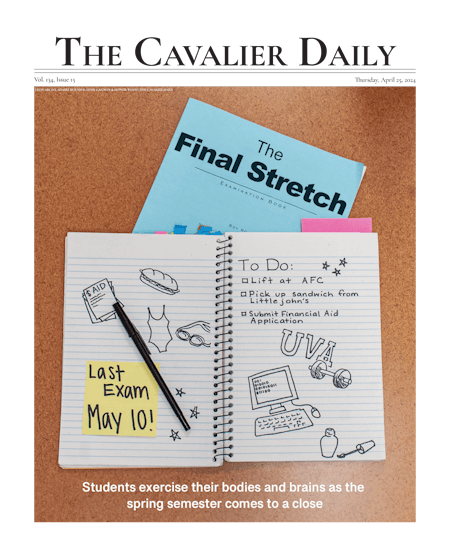The Student Athletes Human Rights Project recently filed a federal complaint against the University of North Carolina, alleging male athletes — particularly “black male athletes” — were disproportionately enrolled in “no show” courses, in which the only grade was a paper, by the guidance of an unnamed “departmental staff member,” according to The Herald-Sun.
We wrote earlier this term on the issue of athlete illiteracy — a controversial topic centered around the findings of UNC researcher Mary Willingham. We have not, however, addressed issues of how gender and race intersect with student athletes’ expectations.
A report by Willingham found male athletes at UNC were enrolled in 199 hours of paper-only courses, while female athletes were enrolled in 38 hours of such courses. The argument of the federal complaint is that male athletes at UNC “are not provided with the same educational opportunities, including quality of education, as female student-athletes.” This disparity likely exists because male sports teams, particularly football and basketball, bring in more revenue than female sports teams, and so male students on those teams are considered athletes first and students second.
We argued earlier that all student athletes should be students first, as the primary role of a university is to educate. In this particular case at UNC, it seems as though female athletes are held to the same standards any student non-athlete would be held to, while male athletes have not been provided with sufficient resources or been held to sufficient standards, because the men are the ones who play on the teams that bring in the most money, and money has the potential to corrupt the order of priorities.
Even though the disparities likely are not motivated by gender discrimination, it is still important to think about their tangible and their potential effects. The male athletes at UNC were overwhelmingly funneled into the courses with the lowest workload and the lowest expectations, either because someone didn’t think these athletes could maintain their eligibility while enrolled a standard UNC course load, or because someone thought they could perform better on the field or on the court if they were placed in easy classes, or perhaps for both reasons.
Especially when you consider the allegation that black male athletes were the majority of students in these “no show” classes, these practices reinforce the gender and racial stereotypes which divorce physical and mental aptitudes — implying that men must be physical, and that black men in particular are better suited to excel in a physical competition than in an academic setting.
We should also consider how gender disparities could play into the changing face of college athletics. Whenever we see a headline for a news story or column addressing the biggest current issues in college athletics —specifically, academic standards, unionization and compensation — we automatically picture either a football team or a men’s basketball team, and use that as our frame in analyzing the story. The National Labor Relations Board recently granted Northwestern football players the right to unionize, a change we argued against. But the decision suggests more major changes are ahead, changes that could drive a bigger gender gap between male and female players.
Female athletes have not been included in the conversation about unionization and compensation. While the Student Athletes Human Rights Project sees UNC’s treatment of their athletes as a detriment to men, we see the same forces behind such treatment potentially creating a bigger detriment to women. Women’s teams do not have the power that men’s teams do. The women’s NCAA basketball tournament does not get the air time the men’s tournament does, and therefore does not bring in the advertising revenue. What this means is that if student athletes do acquire the right to unionize and demand compensation, male players will likely end up getting more money for performing the same amount of work that female players do.
The system of college athletics is already set up to treat men and women differently. This particular case at UNC offers a glimpse of the forces of inequality at work. It is likely not an isolated case, even if it is one of the few we know about. As we wade through the changing tides of this institution, we need to be mindful of policies and practices that disadvantage either men or women. Gender is not a tangential issue in this respect. When you see the top stories on ESPN or The Chronicle or Time, gender is staring right at you, even if it may seem to be invisible.




